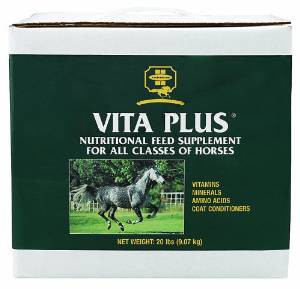The question of how much land does a horse need is one that has been asked throughout the years by everyone who wants to own a horse. The simple answer that they need about an acre per horse to roam freely and forage if you want them to have a healthy diet and digestive tract. However, there are also times when you need more or less of free roam areas and this is where it can get a little trickier.
The Grass Quality
 If you have a horse and he is on one acre of land that is filled with weeds and dirt patches, that horse will need other areas to graze naturally. If you have an acre that is filled with high quality forage, you may be able to support more than one horse on it. Horses do not graze at all times. They simply wander around and pick out the best things to eat.
If you have a horse and he is on one acre of land that is filled with weeds and dirt patches, that horse will need other areas to graze naturally. If you have an acre that is filled with high quality forage, you may be able to support more than one horse on it. Horses do not graze at all times. They simply wander around and pick out the best things to eat.
This means they need grasses such as Kentucky bluegrass, orchardgrass, reed canary grass, smooth bromegrass, cocksfoot, and Timothy in the cooler weather months. Even Legumes have the ability to keep horses happy and healthy.
Crabgrass along with pearl millet grass as your summer mix. They also enjoy rye grass and sheep’s parsley. You will need to reseed occasionally, but planting grasses that regrow each season will help you to avoid this. It will also help you to have two or more acres divided up for grazing and letting the previous fields grow.
Supplements Matter
The best way to supplement your horse’s natural grazing is use hay. However, you should avoid cattle hay which is cheap quality. Cows are able to eat junk foods because their bodies can weed out the stuff that has no nutritional value. Horses are not able to do this.
When choosing hay, meadow hay that has a lot of leafy grasses and clover will be best for your horse. If it is stalky and have developed mature seedheads it has already missed its peak nutritional value stage. It should have been harvested during a time when it is not going to rain before you can put it away also. That is why some people choose to bale it after it peaks, so that it does not get wet beforehand.
Either way, the appearance of weeds in your hay bale is bad. You are not buying weeds. The color should be a pale green to golden color. If it is brown, it was most likely left out in the rain while drying, which could mean that there is mold inside of it. This can be tested by the weight as well. Fully dried hay, is lighter than water-filled potentially molded hay. You will also be able to tell its quality by the smell, which should be sweet and pleasant to your nose.
Feeding the Pregnant Mare
Your pregnant mare should have about 10-12 percent protein, but overall she will not need to consume more foods until later in the pregnancy, provided the field she is in and the food quality you supplement with is healthy. She should also be healthy or you may need to increase her foods.
During the last trimester is when she will need the most protein and the largest amounts of digestible energy sources. You may even want to bump her up to 12-14 percent protein. You should resist the urge to feed her more than this amount. The energy is important during this time as well because during the winter months, when most mares are in their final trimester, they will burn more energy trying to stay warm. Other nutrients that count include vitamins such as A, D, E, and K. They also need the B vitamin class and calcium to ensure that they stay healthy, and that their foal is healthy as well.